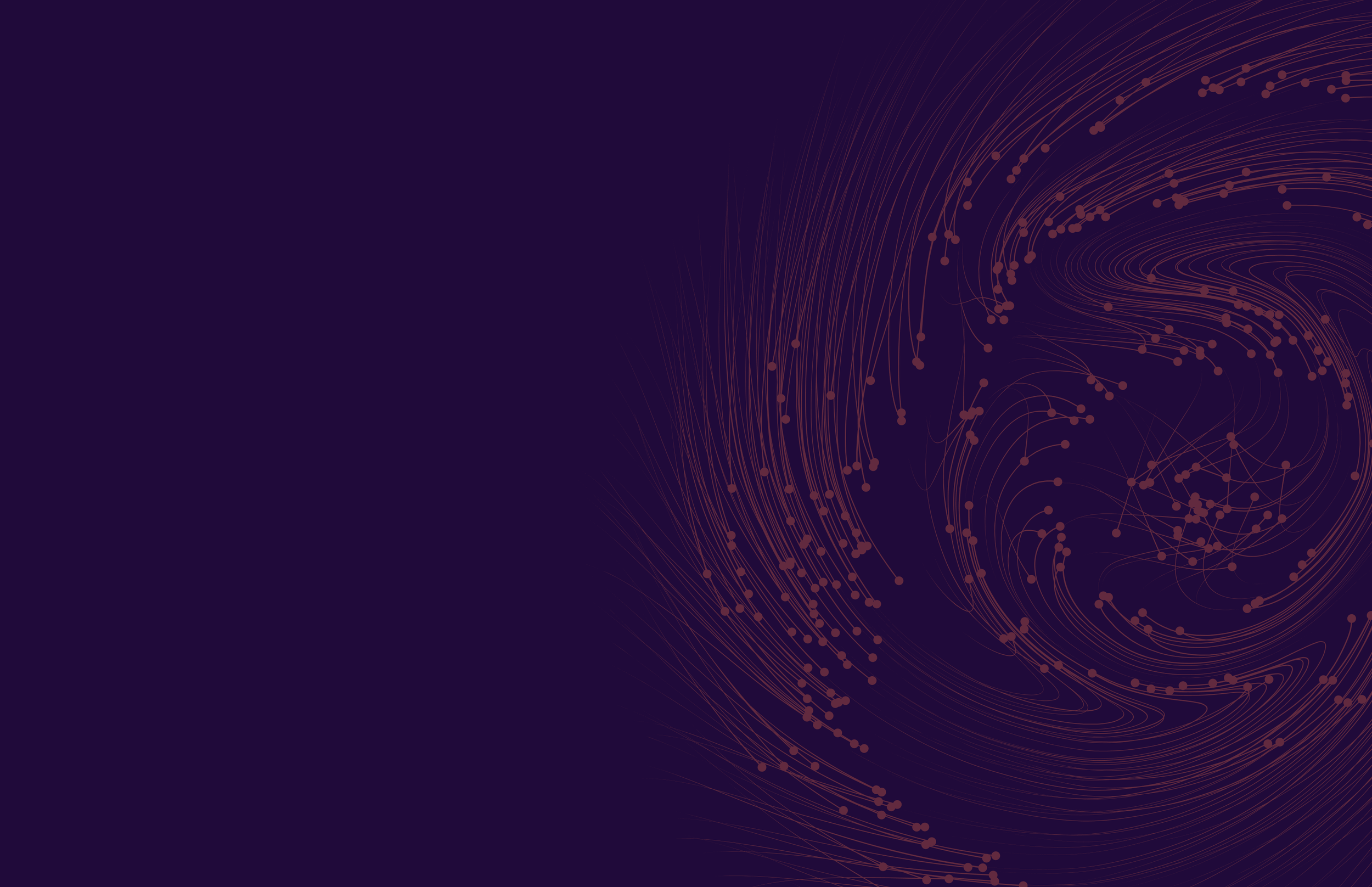
Tech Specs
Platform Features | Architecture | API | SDK | Packages
Platform Features
The features of the Ocean Data Platform are designed to facilitate data analysis and tool creation - to make it easier to find and use liberated data to create a healthier ocean.
Platform Architecture
Our RESTful API enables our users to access our Data Catalog and various services directly. To read and write to a service, you construct a request that look like this: https://api.prod.oceandata.xyz/api/{version}/{service}?query-parameters=value
Where:
HTTP method - The HTTP method used on the request to ODP
{version} - The version of the API your application is using
{service} - The service in ODP that you are using
query-parameters - An optional set of parameters
When you make a request, ODP returns a response that includes:
Status code - An HTTP status code that indicates success or failure
Response message - The data that you requested or the result of the operation. Can be empty
Pagination - If your request returns a lot of data, you may need to page through the response
Our API is currently under construction. Please check back later or join our community for updates.
API
Coming soon
SDK
-

JavaScript
The JavaScript SDK provides functionality to pull data into our workspaces.
Users can use our SDK to build their own front-end or to add desired functionality to the ODP workspaces.
-

Python
The Python SDK provides functionality to pull all available data from the Ocean Data Platform and can be run using the Workspace feature, a JupyterHub environment.
Users can run for fast and efficient queries allowing for joining of data one environment from a variety of datasources.
Packages
-
The Ocean Data Platform environment is made of up of many different open-source software packages.
Each of these packages has its own repository and documentation.
-

-

Xarray is an open source Python package to work with multi-dimensional arrays of data. It is tailored to working with netCDF files and is widely used in earth sciences. It provides many functions for advanced analytics and visualizations. It can be integrated with Dask for parallel computing.
-

-

Pandas provides data in a dataframe format that makes it easy for users to manipulate data. The noteworthy highlights are: tools for reading and writing data, reshaping dataset, group bys, merging and joining of datasets, and time series functionality. Our datapulls return either pandas or geopandas dataframes that are easy to work with and provide a single data format.
-

-

-

Cartopy is a Python package for geospatial data processing, producing maps and other geospatial data analyses. It allows users to switch between different projections and can be easily integrated with Matplotlib. Many of the maps in our example notebooks are created using Cartopy. Previously knows as Basemap.


